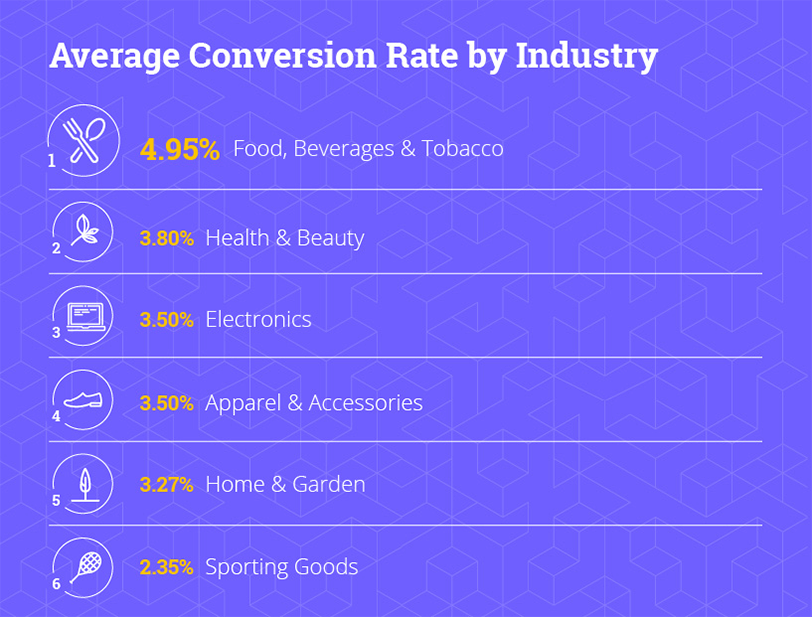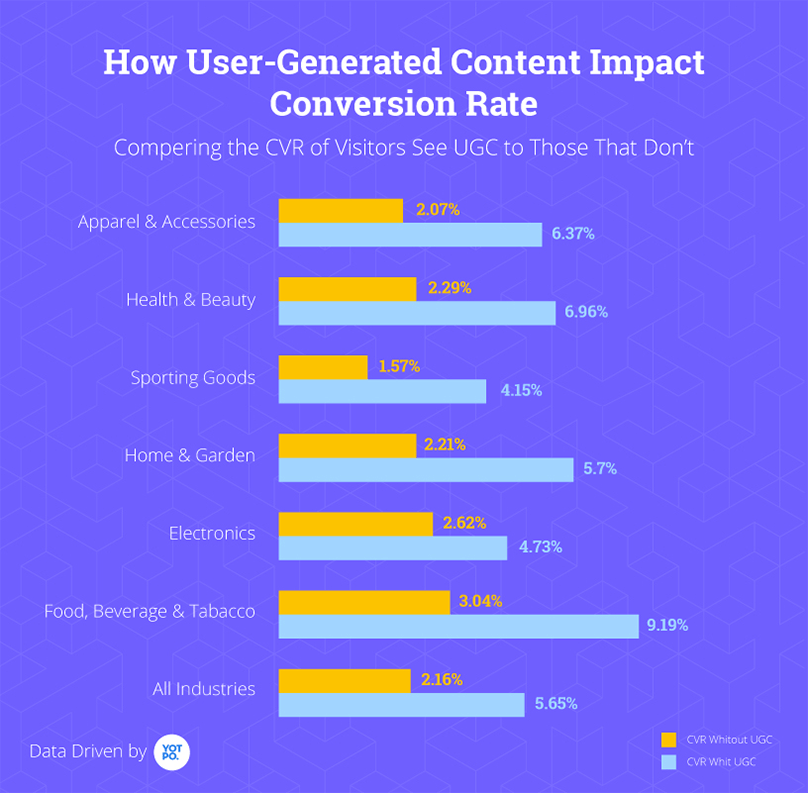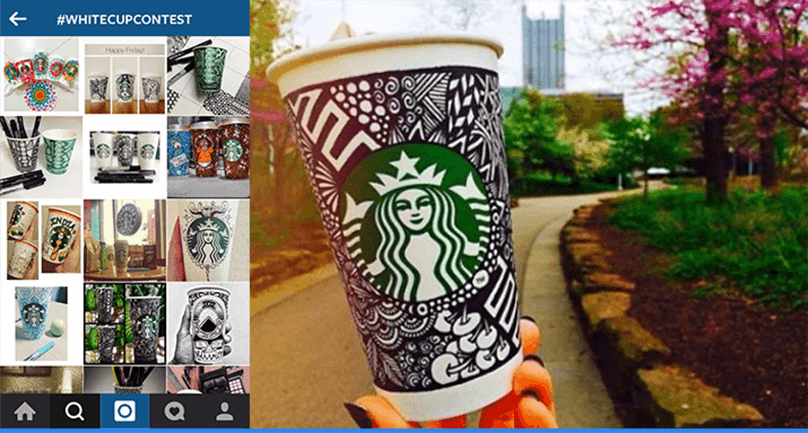07. Build trust and sales through UGC
Customers convert when their desire to buy something overpowers any doubts or obstacles slowing them down. The best way to clear a purchase path for your shoppers is to win their trust through user-generated content (UGC). UGC is any media created by your customers – from reviews, to photos and videos of your products in use, or customer Q&A.
UGC provides the word-of-mouth marketing effect for an online storefront that brick-and-mortar stores have authentically. A handbag on the rack might not be appealing, but if you see it being toted around the store by another customer, suddenly it’s a must-have. When you get to see the item in action, you see it has been embraced and validated by someone else, which increases its perceived value.
UGC accomplishes this phenomenon for eCommerce. So it’s no surprise that 30% of Yotpo survey respondents said they’ve purchased something they first saw on Instagram. Or that Fendrihan, a men’s grooming retailer, experienced a 500% boost in conversion rate when customers interacted with integrated UGC (star ratings, customer reviews, and public Q&A) on product pages.
The simplest way to collect UGC is through post-purchase e-mails that request reviews, photos, and videos. Additionally, stores can gather quality UGC directly from social media channels, like Facebook and Instagram.
You can even host social media contests to inspire certain types of UGC, and feature the winners on your website and relevant product pages. One great example of a UGC campaign is Starbucks’ White Cup Contest.
The coffee giant challenged fans to take a standard white Starbucks cup, decorate it, and snap a pic of their personalized cup in a unique location. All photos uploaded to social media were entered into a contest to have their design distributed on actual Starbucks cups. This campaign generated more than 4,000 pieces of customer uploads in three weeks!
The results of properly generating and showing off user-generated content can be drastic. Take this experiment for example:
Customer story
Vanity Planet, an online beauty products retailer, wanted to increase purchases of its popular ‘Spin for Perfect Skin’ brush.
Strategy
They used Yotpo’s social-curation tool to add customer photos to the product page – using images submitted with reviews or on Instagram – of customers enjoying and getting value from the brush. They then ran an A/B test on 5,723 visitors to measure the impact the visual UGC had on checkouts from the product page.
Results
- Visitors converted 24% more when customer photos were added to the product pages.
- This resulted in an additional $8,900 in sales for the $100 product over a 10-day period.












